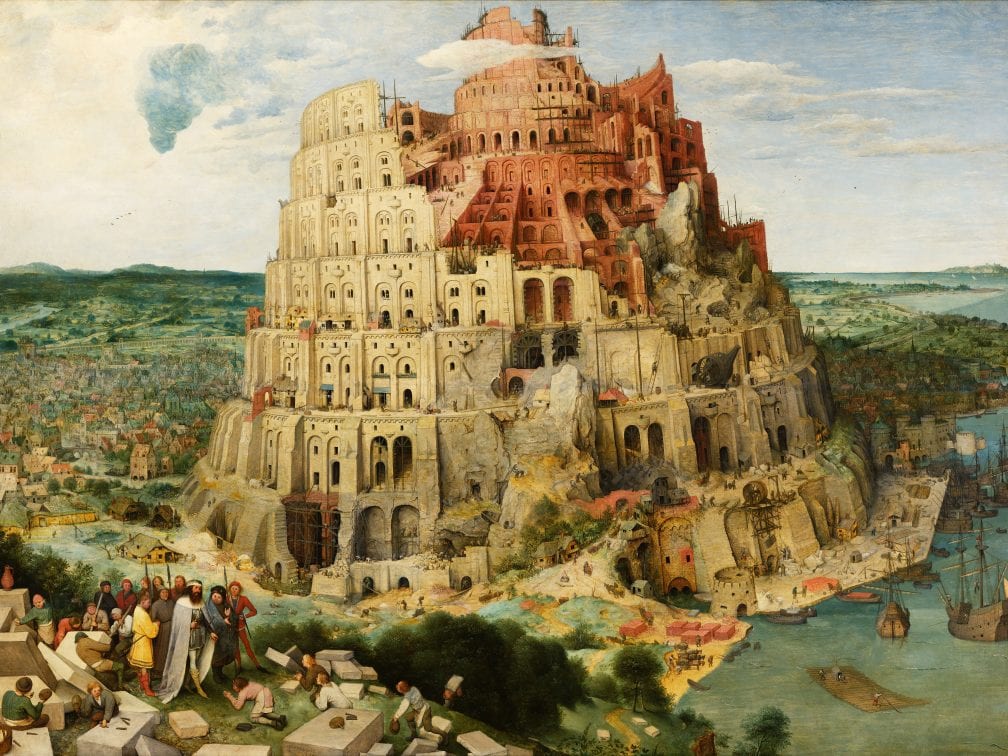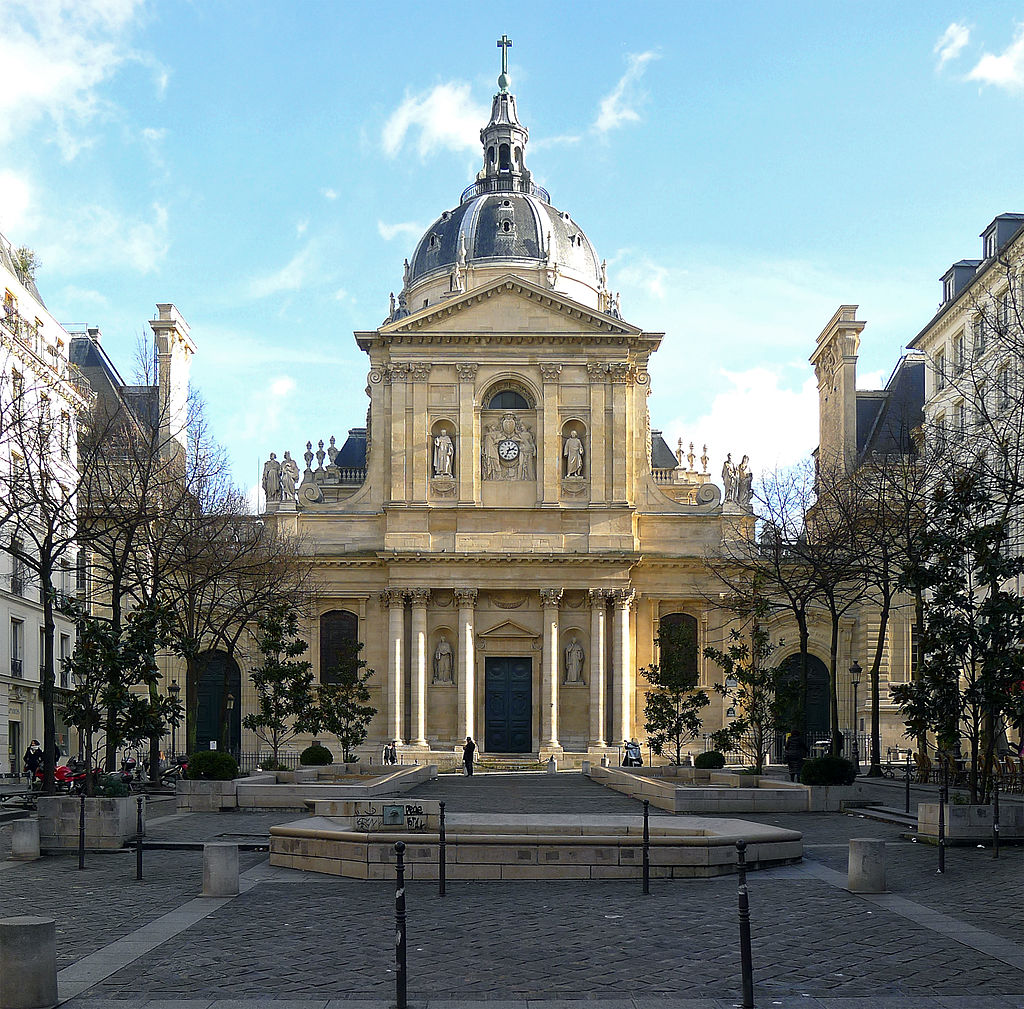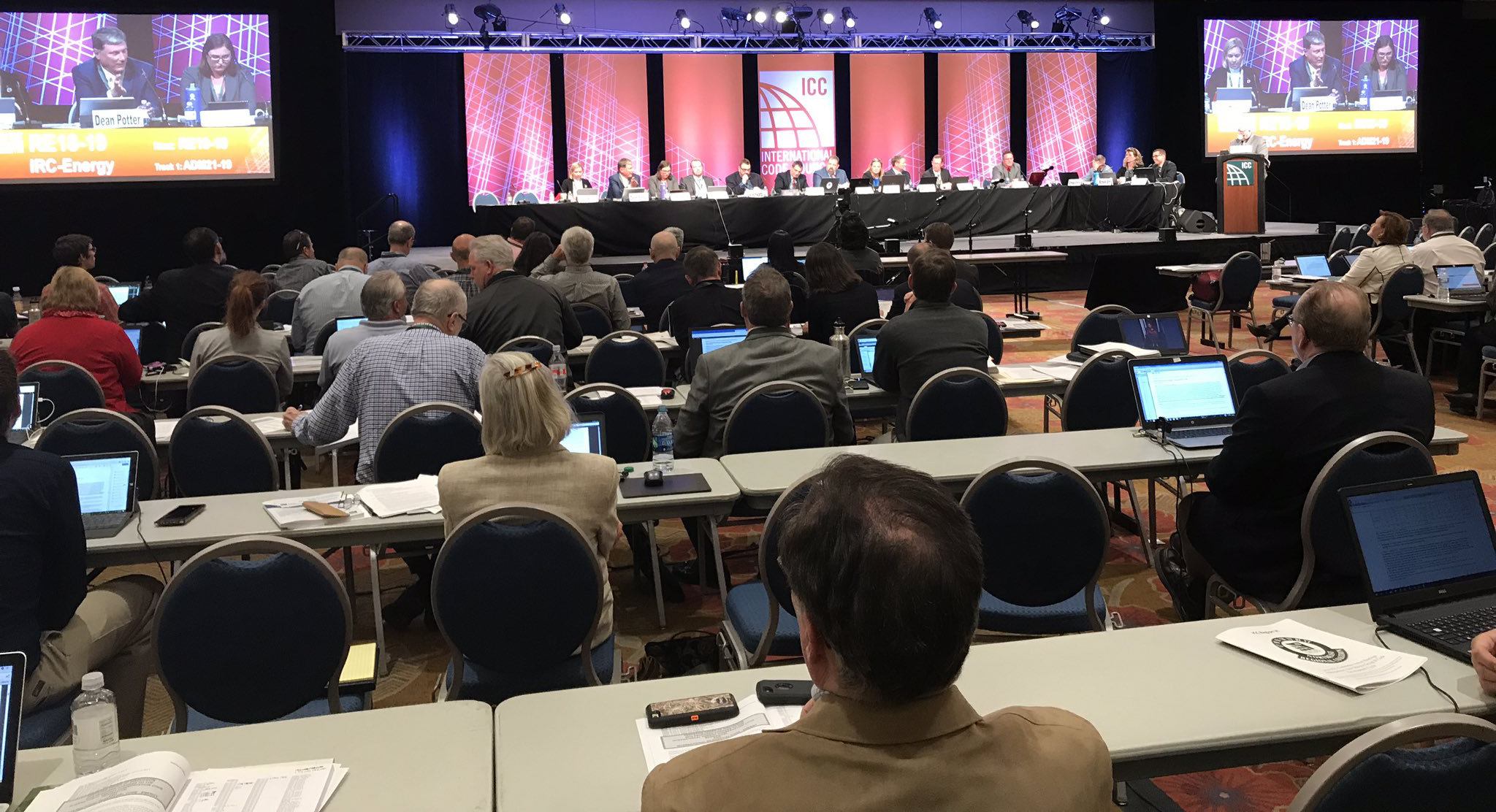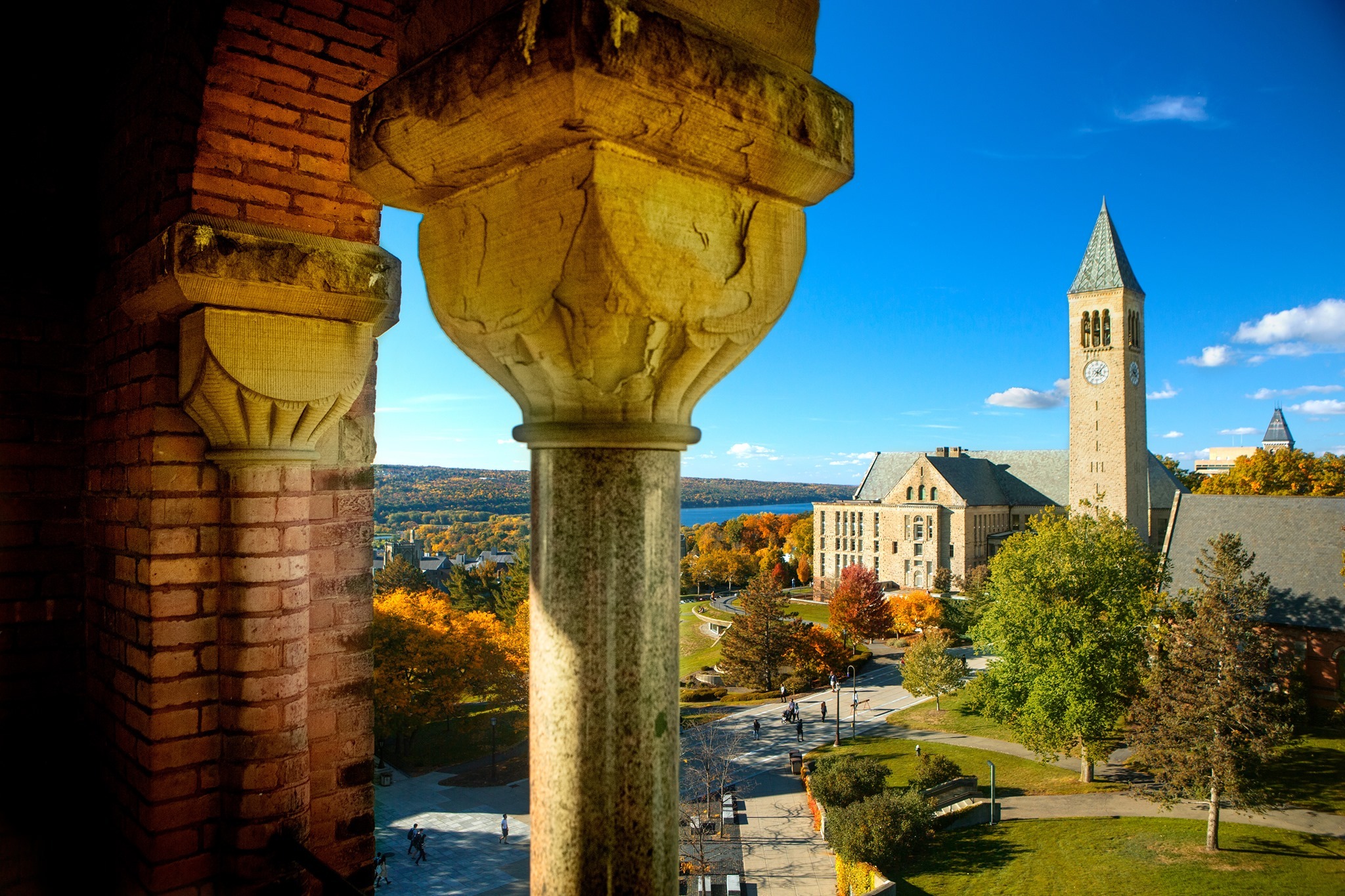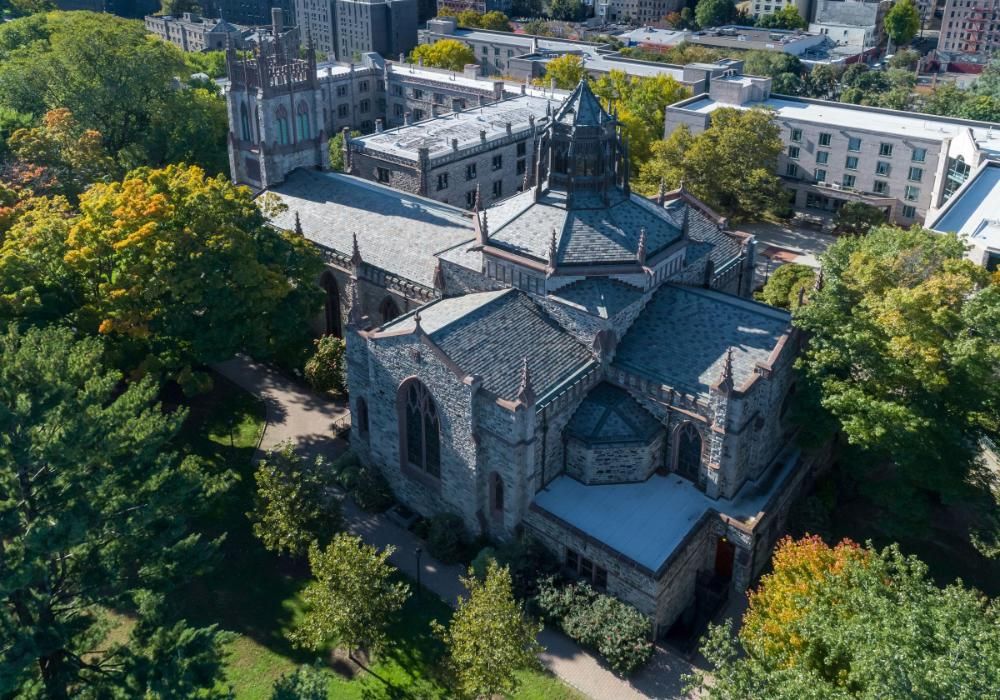White House: Designating English as the Official Language of The United States
“The English genius is essentially eclectic;
it borrows from everywhere and from every time.”
— Peter Ackroyd | 2004 Albion: the origins of the English imagination
“Wer von Fremdsprachen nichts versteht, kennt seine eigenen nichts.”
– Johann Wolfgang von Goethe
Disagree with someone and cannot persuade them? Do you need to hide your intransigence or ulterior motive? Then change the basis of discussion by changing the subject with a different definition.
This happens routinely in political discourse and rather frequently in best practice discovery and promulgation in building construction and settlement infrastructure standards[1]. Assuming all parties are negotiating in good faith resolution may lie in agreement on a common understanding of what a satisfying agreement might look like.
Admittedly, a subtle and challenging topic outside our wheelhouse[2] hence the need to improve our organization of this topic starting with today’s colloquium; with follow on sessions every month.
Starting 2025 we will organize our approach to this topic, thus:
Language 100. Survey of linguistic basics for developing codes, standards and regulations. Many vertical incumbents have developed their own style manuals
Language 200. Electrotechnical vocabulary
Language 300. Architectural and Allied trade vocabulary
Language 400. The language of government regulations; the euphemisms of politicians with influence over the built environment
Language 500. Advanced topics such as large language models or spoken dialects such as “High Michigan” — arguably, the standard American dialect where it applies to the standards listed above.
It may not be obvious how profound the choice of words and phrases have on leading practice discovery and promulgation. For example, “What is Gender” determines the number, placement and functionality of sanitary technologies in housing, hospitals and sporting. The United States has a Supreme Court justice that cannot define “woman”
As always, we will respond to public consultation opportunities wherever we can find them. Some organizations are better than this than others.
Examples of Variations in Translations of Homer’s Odyssey
Today we limit our discussion to language changes in the catalogs of ANSI-accredited standards developers whose titles have the most influence over the interoperability of safety and sustainability technologies that create and sustain the built environment of educational settlements.
American Institute of Architects: Definitions for Building Performance
Institute of Electrical and Electronic Engineers
National Fire Protection Association
Every building construction discipline has its own parlance and terms of art.
This is enough for a one-hour session and, depending upon interest, we will schedule a breakout session outside of our normal “daily” office hours. Use the login credentials at the upper right of our home page.
Starting 2024 and running into 2025 we will break down this topic further, starting with construction contract language — Lingua Franca 300:
Asset management applies to any organization. As such, understanding its terminology, principles, and outcomes is key to an organization’s success. ISO 55000:2024 provides an overview of #AssetManagement and its expected benefits. @isostandards https://t.co/XZsWvJJ8r4
— ANSI (@ansidotorg) September 22, 2024
Electropedia: The World’s Online Electrotechnical Vocabulary
Footnotes:
(1) The United States government defines a “Green Building” as a building that has been designed, constructed, and operated in a way that reduces or eliminates negative impacts on the environment and occupants. The government has established various standards and certifications that buildings can achieve to be considered “green.”
The most widely recognized green building certification in the United States is the Leadership in Energy and Environmental Design (LEED) certification, which is administered by the U.S. Green Building Council (USGBC). To achieve LEED certification, a building must meet certain standards related to sustainable site development, water efficiency, energy efficiency, materials selection, and indoor environmental quality.
In addition to the LEED certification, there are other programs and standards that can be used to measure and certify the sustainability of buildings, such as the Green Globes rating system and the Living Building Challenge.
Overall, the goal of green building is to create buildings that are not only environmentally sustainable but also healthier, more comfortable, and more efficient for occupants, while reducing energy consumption and greenhouse gas emissions. By promoting green building practices, the U.S. government aims to reduce the environmental impact of the built environment and move towards a more sustainable future.
(2) The U.S. Green Building Council is a conformance organization. See the discussion our ABOUT for background on incumbent stakeholders.
Language Family Tree pic.twitter.com/RREloueklh
— English Grammar (@GrammarUpdates) September 21, 2024



